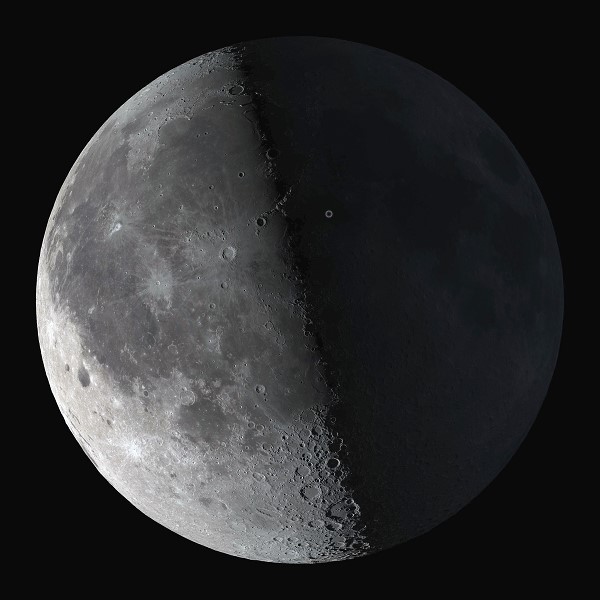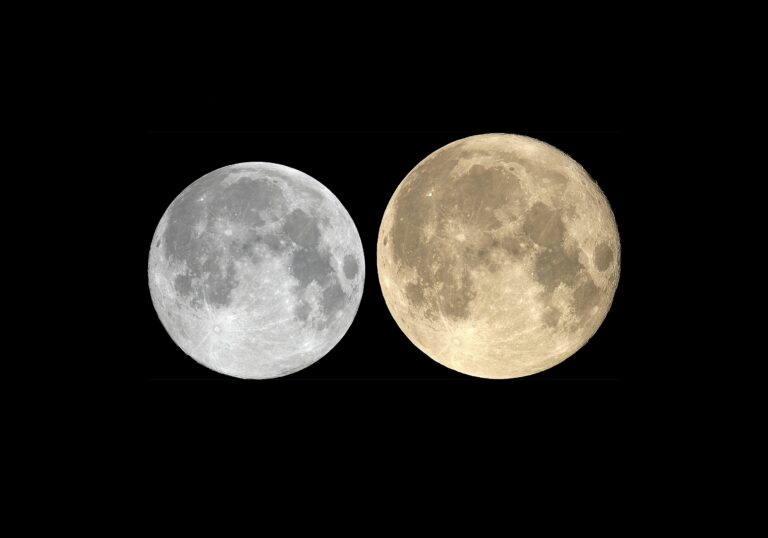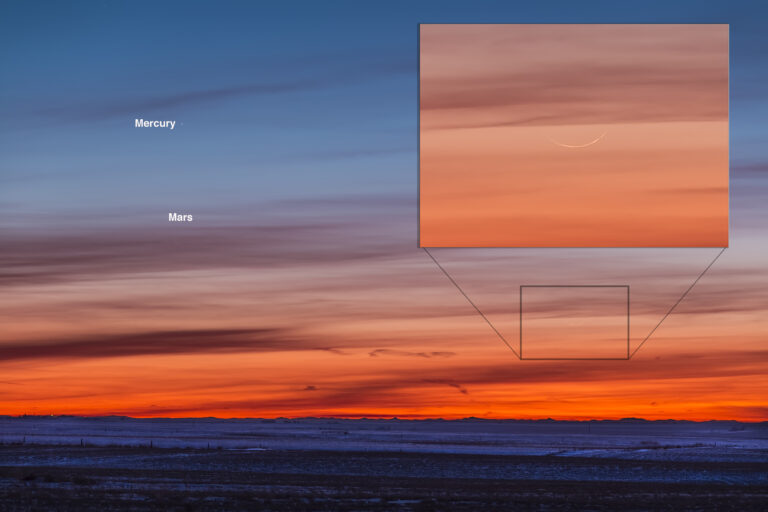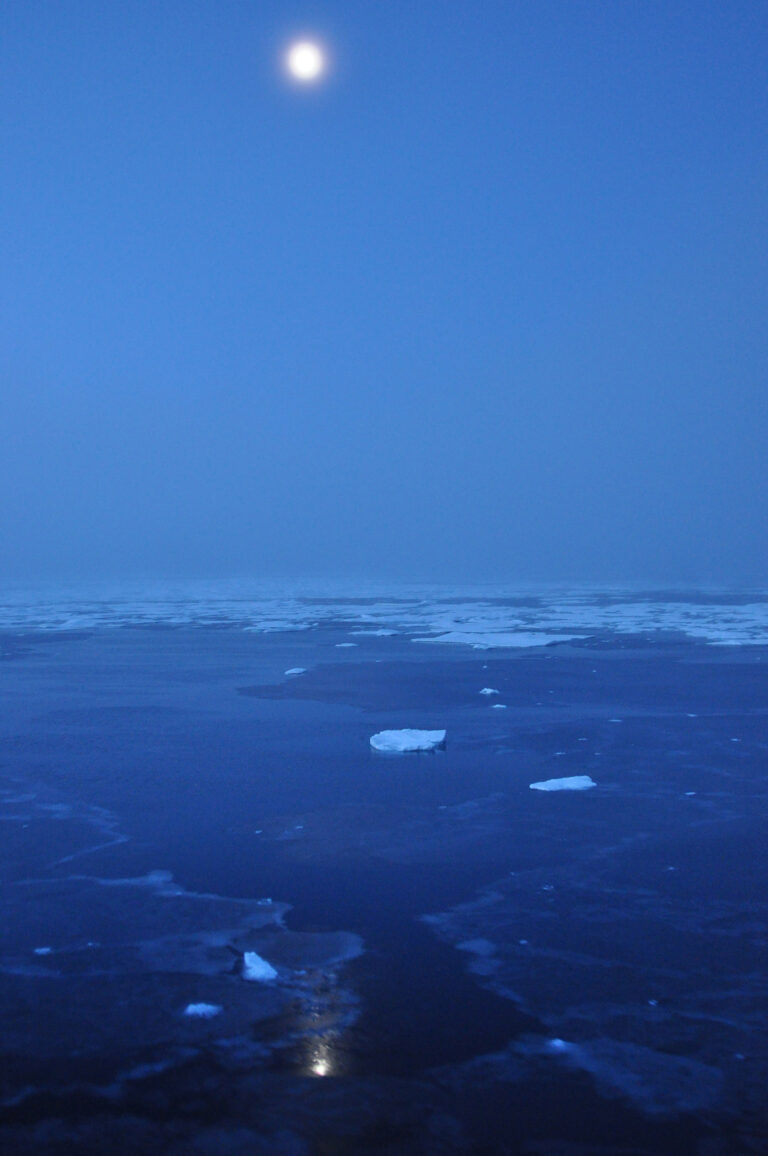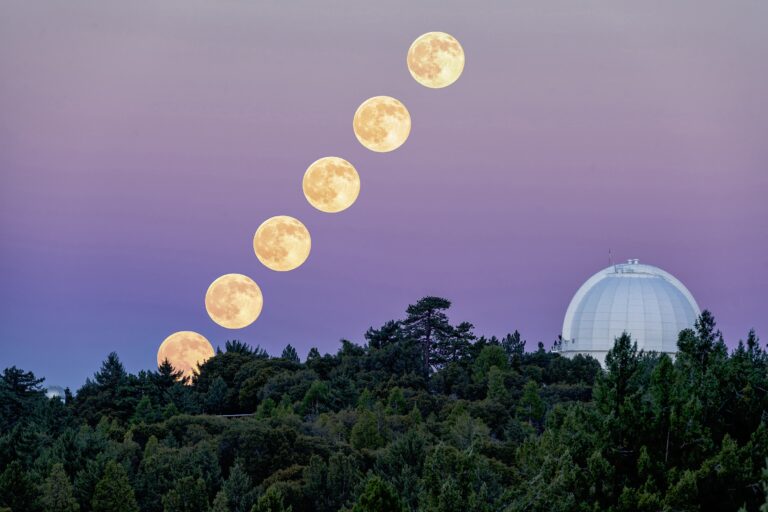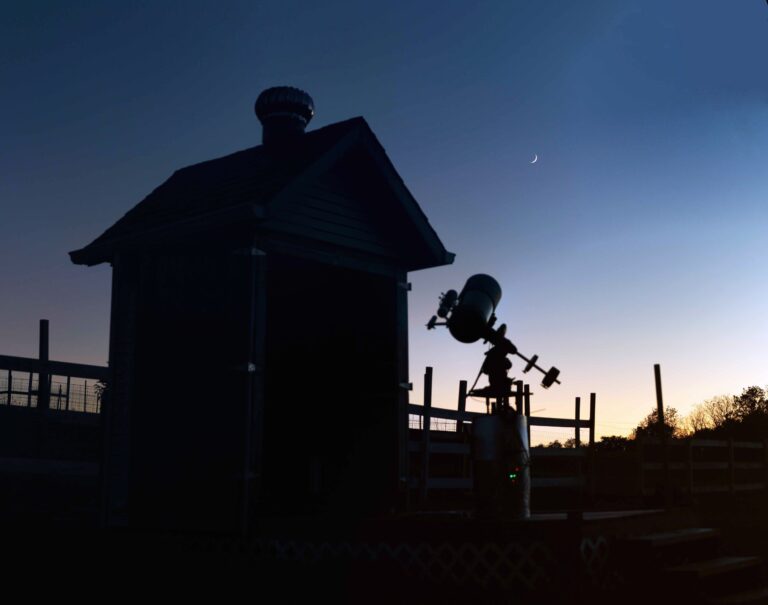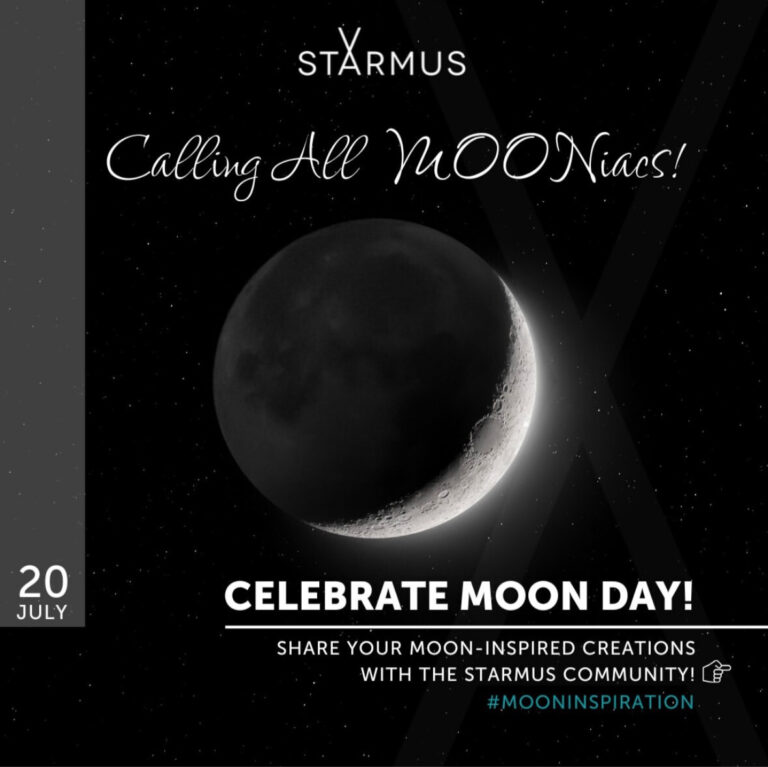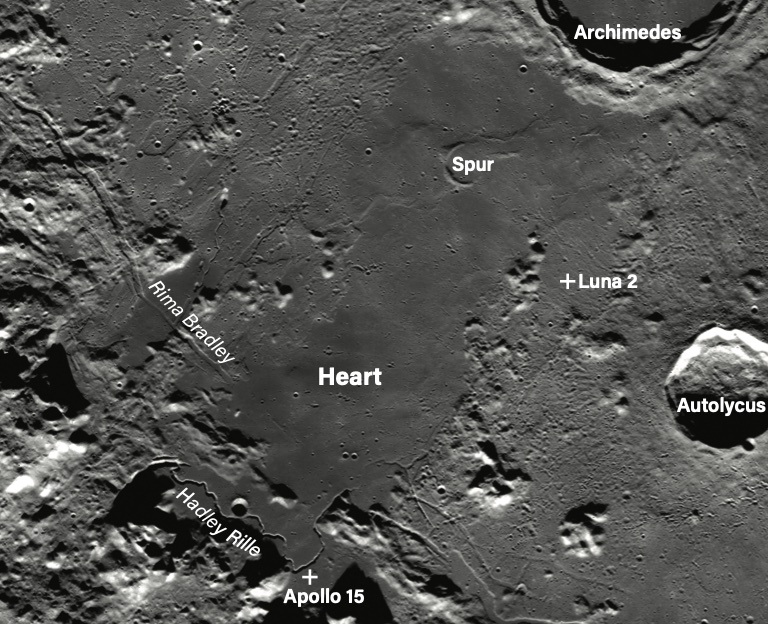Key Takeaways:
The overall theme of this page is the odd or unusual. So, the sky’s No. 1 most-observed target shouldn’t qualify. But let’s give it a shot anyway and focus on the Moon, just this once.
For non-astronomers, the lunar phase that first comes to mind is “Full Moon,” with “crescent” serving as runner-up. Cartoonists portraying a night sky always include one of those two. Ask friends to name a lunar phase and no one will say “First Quarter” or “Last Quarter.” Many don’t even know those are the names of the half Moons — or appreciate the oddity that, in our little corner of science, “half” and “quarter” mean the same thing.
So, to explore the public’s least-familiar lunar phase, we’ll choose a half Moon. But which one is more neglected — First Quarter or Last Quarter? It’s actually an easy choice, since we only ever observe one of them.
That’s because the First Quarter Moon, illuminated on its right side for North Americans and Europeans, stands highest at nightfall. It’s so conveniently placed we observe it monthly. We can’t not see it. But now consider the Last or Third Quarter Moon, the one lit up on its left side. This is our strange, orphaned, unobserved Moon. The Third Quarter doesn’t even rise until midnight or later, and can’t lift itself out of blurry horizon air until the wee hours. It’s highest at dawn, but who drags their telescope out at 5 A.M.?
I won’t pretend to be special. I only started observing this phase last year when I finally had an observatory near my home. But then — wow!
Observers know that only around a half Moon phase can they see optimally illuminated craters near the middle of the Moon rather than those closer to the edge, which are foreshortened and have a faraway appearance. So, people who enjoy up-close lunar features —and who doesn’t? — drool on their eyepieces when treated to the rugged front-and-center mountain chain, the magnificent lunar Apennines, whose western end abruptly stops at the gorgeous crater Eratosthenes. Adjacent to it, a few days after First Quarter, the terminator shadow uncovers Copernicus, possibly the Moon’s most handsome feature.
But at Third Quarter, sunlight comes from the opposite direction, making the familiar lunar features weirdly alien. The edge of the Apennines, now hit with direct sunlight, looks oddly white and harsh. Copernicus, invisible at the First Quarter phase, is now intriguingly illuminated. The same is true in the rugged southern highlands, where we optimally see the famous crater Clavius, featured in the film 2001: A Space Odyssey. Clavius’ floor has six evenly spaced craterlets, each slightly smaller than the preceding one. Together they form a remarkable French curve, an arc so perfect it seems unnatural, almost a lunar Mount Rushmore.
But the Last Quarter’s visceral eeriness mostly stems from its reversed lighting, added to its unique position in the sky. It is the only lunar phase that floats exactly in the direction toward which Earth is traveling. When you look up at the Last Quarter Moon, you see the place that we ourselves will occupy three and a half hours later. If this reconnaissance scout appears tranquil and unruffled, we know it’s safe to keep going.
Even to the naked eye, the Last Quarter vividly pops out as it hovers against the darkest, most polarized part of the blue sky, smack on the meridian at dawn. Accompanied by birdsong, it’s a scene woven of earthly and celestial threads, a tapestry of timeless design that floats balanced and motionless — until life snaps out of its crepuscular reverie to resume its customary frenzy.
In this calm 5 A.M. air you are almost certainly the only one in your community looking up at the sky. This is the Moon that is yours alone.

